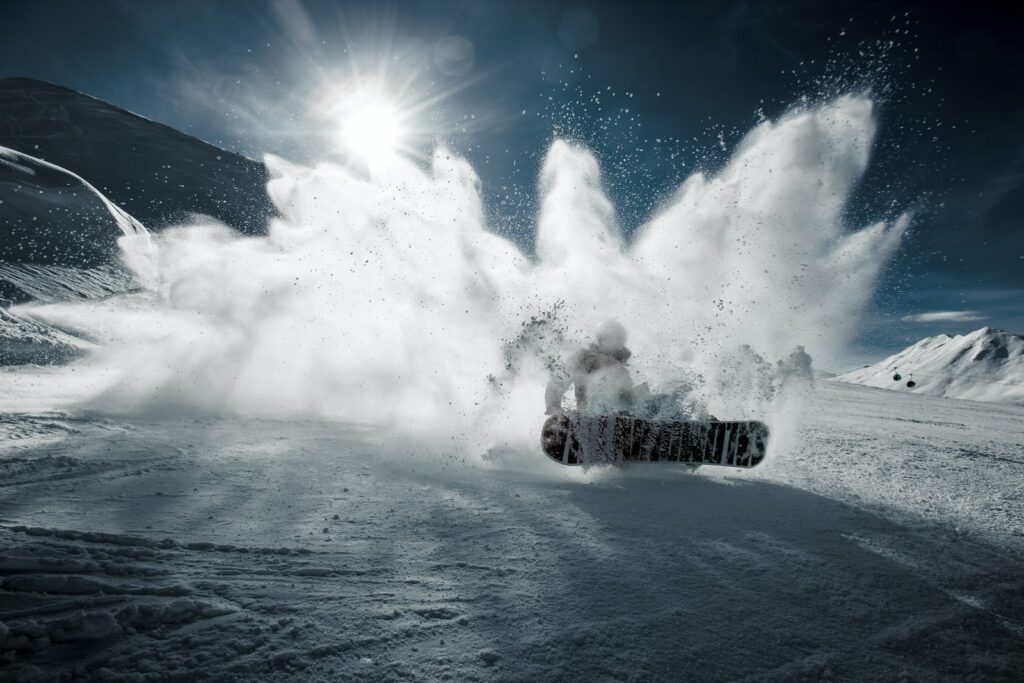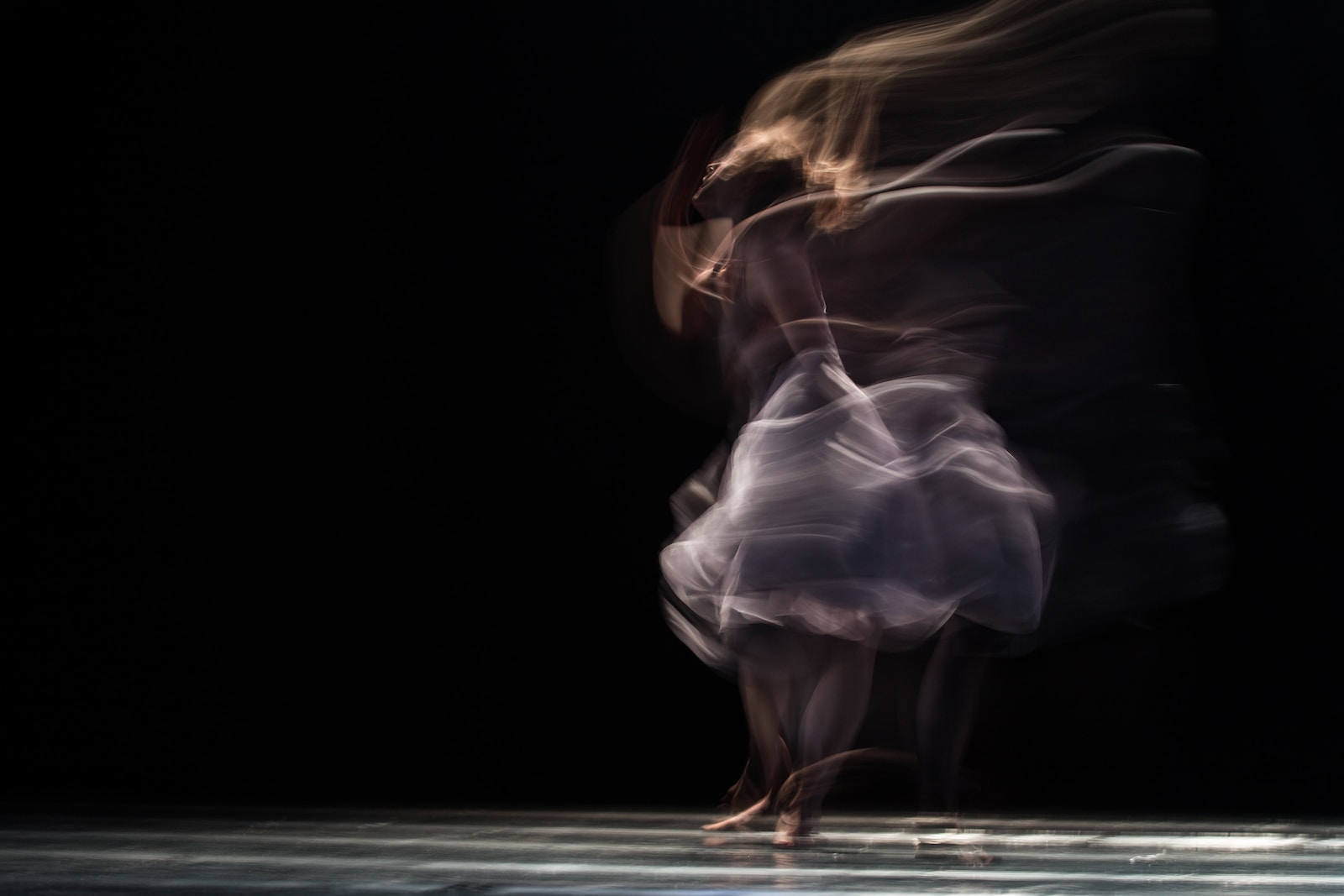Welcome to our Guide to Achieving Smooth Slow Motion in Post-Processing! If you’ve ever marveled at those beautiful slow-motion sequences in videos and wondered how to recreate them, then you’re in the right place. In this blog, we will dive deep into the world of video editing and post-processing techniques to help you master the art of creating buttery smooth slow-motion footage. Get ready to take your videos to the next level with our expert tips and tricks!
Table of Contents
- The Importance of Slow Motion in Videos
- Choose the Right Footage
- Frame Rate and Settings
- Slow Motion Effects in Video Editing Software
- Export and Rendering
- Frequently Asked Questions
- 1. How can I achieve smooth slow motion in my videos?
- 2. What is frame rate and how does it affect slow motion?
- 3. What is frame blending?
- 4. What is optical flow interpolation?
- 5. What software can I use for post-processing slow motion videos?
- 6. Are there any specific camera settings I should use for capturing slow motion footage?
- Wrap Up
The Importance of Slow Motion in Videos
Before we delve into the intricacies of post-processing, let’s discuss why slow motion is such a powerful tool in video production. Slow-motion sequences can add a touch of elegance, drama, and artistic flair to your videos. By slowing down the action, you allow viewers to savor each moment and notice finer details that may otherwise go unnoticed. Whether you’re shooting a sports highlight reel, a cinematic masterpiece, or a product showcase, incorporating slow motion can elevate the overall impact of your footage.
Choosing the Right Frame Rate
The first step in achieving smooth slow motion is selecting the appropriate frame rate when shooting your video. Frame rate refers to the number of individual frames captured per second. Generally, a higher frame rate produces smoother slow motion. For most modern cameras, a frame rate of at least 60 frames per second (fps) is ideal for achieving high-quality slow motion results. However, if your camera supports higher frame rates such as 120fps, 240fps, or even 1000fps, the possibilities for creating breathtaking slow motion sequences are endless.
Understanding Shutter Speed and Motion Blur
When shooting slow motion, it’s important to understand the relationship between shutter speed and motion blur. Shutter speed determines the length of time the camera’s sensor is exposed to light. To minimize motion blur in slow-motion footage, you need a faster shutter speed. For example, if you’re shooting at 120fps, your shutter speed should be set to at least 1/240th of a second to capture the individual frames sharply, freeze the motion, and avoid unwanted blur.
Did you know that the famous "bullet time" effect from the movie "The Matrix" was achieved by using an intricate setup of multiple cameras to capture a split second of frozen time from different angles?
Mastering Post-Processing Techniques
Once you have captured your footage with the appropriate frame rate and shutter speed, it’s time to turn your attention to post-processing. This is where the magic really happens! To achieve the best results, you’ll need a capable video editing software that allows for precise control over speed adjustments. Most professional video editing software, such as Adobe Premiere Pro or Final Cut Pro, offers advanced tools specifically designed for manipulating slow motion footage.
Applying Optical Flow Analysis
Optical Flow Analysis is a powerful technique used in post-processing to create smooth slow motion. This method generates new frames between the original frames by analyzing the movement of pixels. By inserting these interpolated frames, the video appears much smoother and more natural. This technique is especially effective when slowing down footage that was not shot at higher frame rates. However, it’s important to note that while optical flow can significantly enhance slow-motion sequences, the process can be computationally intensive and may affect rendering times.
Other Considerations for Smooth Slow Motion
Aside from frame rate and post-processing techniques, there are a few additional factors to keep in mind when aiming for buttery smooth slow motion. Pay attention to the lighting conditions when shooting, as low light may result in increased noise and reduced image quality when slowed down. Similarly, using a tripod or stabilization equipment can minimize camera shake, resulting in a cleaner and more stable slow-motion footage. Lastly, experiment with different transitions, such as crossfades or time ramps, to add seamless and dynamic effects between regular speed and slow-motion segments.
Mastering the art of achieving smooth slow motion in post-processing is a skill that can truly elevate your video productions. By understanding the technical aspects, utilizing the right equipment, and employing expert post-processing techniques, you’ll be well on your way to creating stunning slow-motion sequences that captivate your audience. Remember, practice makes perfect, so don’t hesitate to experiment and let your creativity run wild. Happy editing!
Slow motion footage can add an extra layer of visual appeal to your videos. It can enhance the emotions, create a sense of drama, and give your content a professional touch. Achieving smooth slow motion, however, requires more than just capturing footage at a high frame rate. In this guide, we will explore the post-processing techniques that will help you achieve buttery smooth slow motion sequences in your videos.
Choose the Right Footage
The first step in achieving smooth slow motion is to choose the right footage. Look for shots that have enough movement and details to make the slow motion effect noticeable and engaging. Smooth and fluid motion in the original footage will result in better slow motion sequences during post-processing.
Frame Rate and Settings
When shooting slow-motion footage, ensure that you select the appropriate frame rate. Higher frame rates, such as 60fps or 120fps, will give you more flexibility during post-processing. Additionally, adjust your exposure, shutter speed, and ISO settings to achieve the desired quality and lighting in your footage.
Slow Motion Effects in Video Editing Software
Once you have captured your footage, it’s time to unleash the power of video editing software to create smooth slow motion sequences. Import your clips and look for the option to adjust the speed or duration of the footage. Gradually reduce the speed of the desired sections to achieve a smooth transition into slow motion.
Keyframe Animation
To add more finesse to your slow motion sequences, utilize keyframe animation. This technique allows you to control the speed and timing of specific segments of your footage. By strategically placing keyframes, you can create smoother transitions in and out of slow motion. Experiment with different keyframe placements to achieve the desired effect.
Optical Flow
Some video editing software offers optical flow technology, which can further enhance the smoothness of your slow motion sequences. Optical flow analyzes the motion between frames and generates additional frames to fill in the gaps, resulting in smoother slow motion footage. Enable this feature in your software to achieve the best possible results.
Export and Rendering
After applying the slow motion effects and fine-tuning your sequences, it’s time to export and render your final video. Ensure that you select the appropriate settings for resolution and file format, considering the platform and audience for which your video is intended. High-quality export settings will ensure that the smoothness of your slow motion sequences is preserved.
Mastering the technique of achieving smooth slow motion in post-processing requires attention to detail and experimentation. Combine the right footage, frame rates, and settings with the power of video editing software to create buttery smooth slow motion sequences that captivate your audience. With practice and the utilization of keyframe animation and optical flow, you can elevate the visual appeal of your videos and create stunning slow motion moments.

Frequently Asked Questions
1. How can I achieve smooth slow motion in my videos?
To achieve smooth slow motion in your videos, you need to follow a post-processing method. This involves adjusting the frame rate, slowing down the footage, and applying various techniques like frame blending or optical flow interpolation. By using these post-processing techniques, you can create buttery smooth slow motion sequences.
2. What is frame rate and how does it affect slow motion?
Frame rate refers to the number of frames or images displayed per second in a video. When it comes to slow motion, a higher frame rate is essential. Shooting at a higher frame rate allows you to capture more frames per second, providing more information to work with during post-processing. This extra information helps create smoother slow motion sequences.
3. What is frame blending?
Frame blending is a technique used in post-processing to create smoother slow motion. It involves blending adjacent frames together to create a seamless transition between them. This helps reduce the perceived choppiness or stuttering that can occur in slow motion footage.
4. What is optical flow interpolation?
Optical flow interpolation is another post-processing technique used to achieve smooth slow motion. It analyzes the movement patterns in each frame and generates new frames in between the actual frames. These interpolated frames fill the gaps and create a smoother slow motion effect.
5. What software can I use for post-processing slow motion videos?
There are several software options available for post-processing slow motion videos. Some popular choices include Adobe Premiere Pro, Final Cut Pro, and DaVinci Resolve. These software programs offer advanced editing and post-processing tools that can help you achieve smooth slow motion sequences.
6. Are there any specific camera settings I should use for capturing slow motion footage?
Yes, when shooting for slow motion, it’s recommended to use a higher frame rate. Most cameras offer options like 60fps, 120fps, or even higher. Shooting at a higher frame rate gives you more flexibility during post-processing and allows you to create smoother slow motion sequences.
Wrap Up
In conclusion, post-processing is the key to achieving stunningly smooth slow motion in your videos. By following the techniques and tips mentioned in this guide, you can elevate your video editing skills to the next level. Remember to shoot at a high frame rate, use optical flow algorithms, adjust the playback speed, and apply motion blur to add that extra touch of finesse to your slow motion sequences.
Don’t hesitate to experiment and try different methods to find what works best for your specific footage. Practice makes perfect, so keep refining your skills and honing your craft.
Now it’s your turn! Have you tried any of these techniques? What challenges have you come across? Share your experiences and thoughts in the comments below and let’s continue the conversation. Your feedback is valuable, and I’m excited to hear your success stories. Happy editing!



